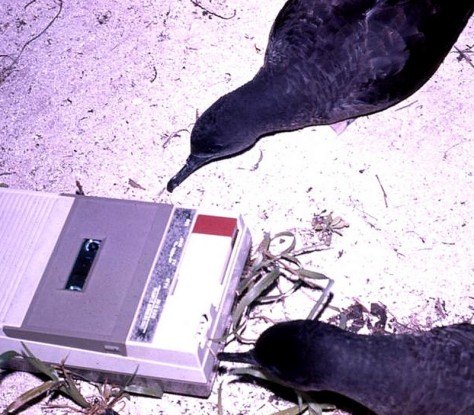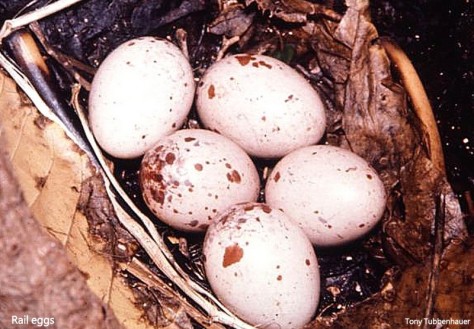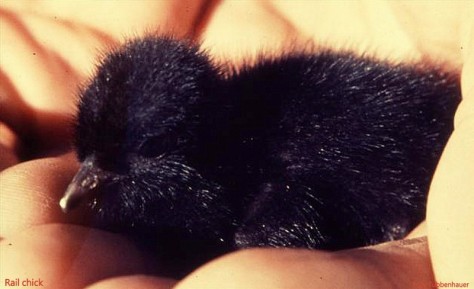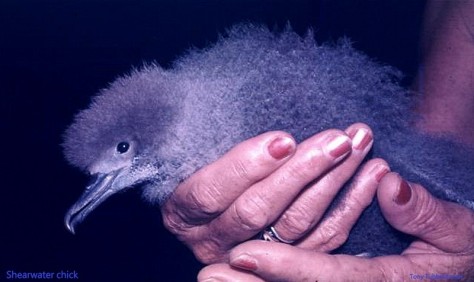Over countless time, the Great Barrier Reef formed, steadily, delicately, generations of corals forming the environment for others. Islands emerged and upon those islands, birds recuperate from flight, nest and raise their young.


Mutton birds (shearwaters) inspect a recording of their colleagues’ voices.

A noddy tern sits devotedly on eggs. As they use the large leaves of the pisonia trees, this creates a flat nest and in wild winds, the nest or chick are sometimes blown out. On the tourist islands, those who care about them replace the chicks. Noddy terns and others often fly very long distances in gathering food.

Rails often run about the islands.


A rail chick that needed assistance.


Shearwaters scan the sea during the day for food, returning mostly at night. On their incoming, they chatter in somewhat loud and mournful voicing, which led one person to ask if the place was inhabited by ghosts.

A Shearwater chick receiving assistance.
The Barrier Reef Islands, isolated refuges in the ocean, provide habitat for so many species. Their existence, along with the great beauty of the world beneath the waves, luxuriant as they were with amazing corals and life, needs comprehensive protection. The greatest need is for the recognition of the Reef and all its inhabitants in the uniqueness that takes centuries to form and the urgent addressing of issues to protect it. The ‘Noah’s Ark’ that each island is of a part of history.
With thanks to Mr. Tony Tubbenhauer for the time that he spent diving the Great Barrier Reef and for his work on protecting the individual species by the establishments of the marine parks.